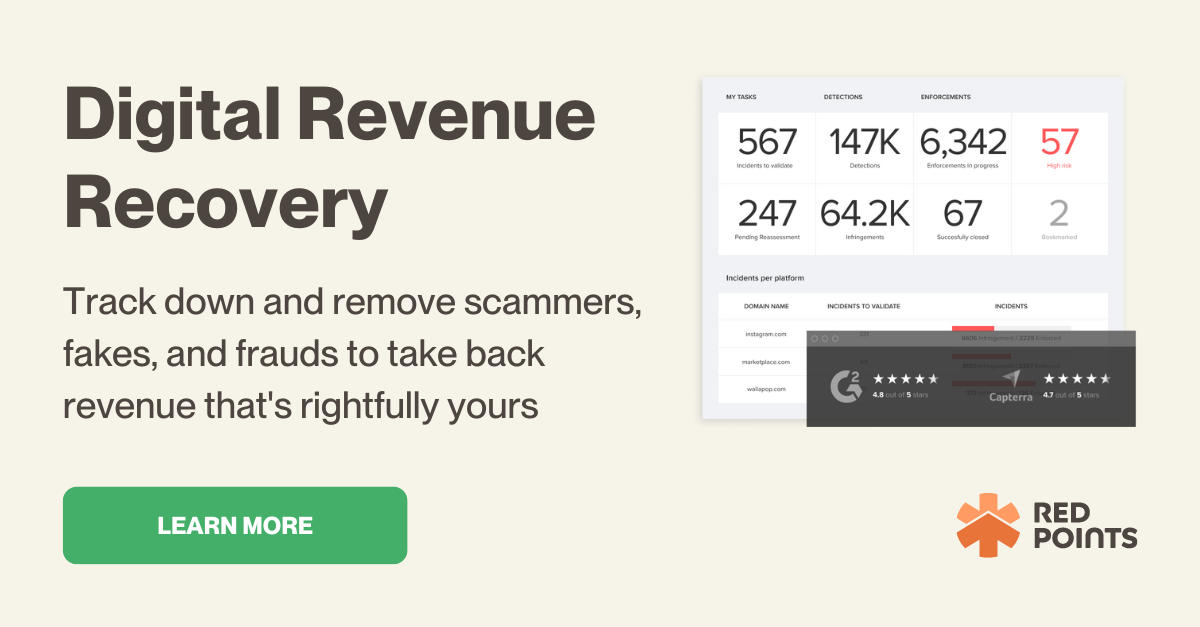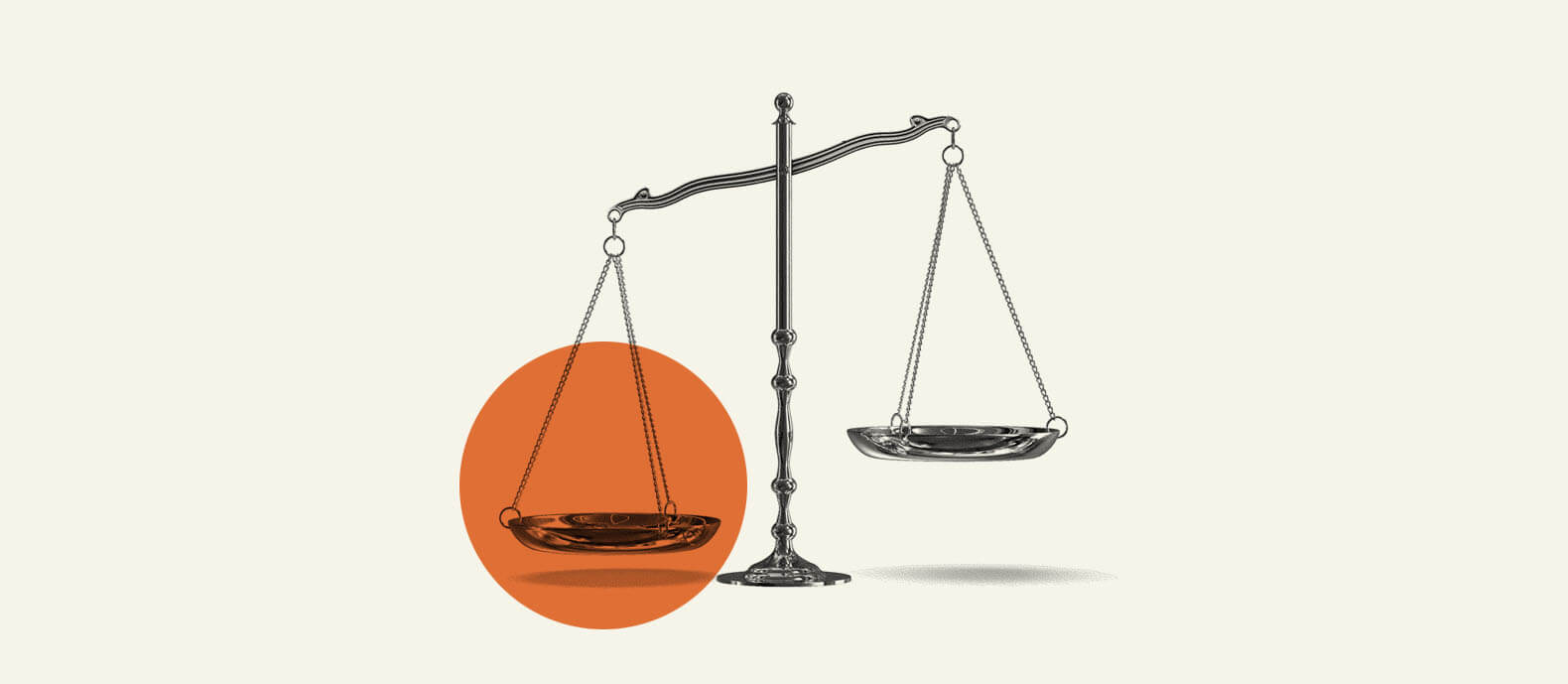Last updated on: December 29, 2022
While all businesses should strive to stay ahead of their competitors, the competition must be performed fairly, otherwise they could be breaking the law.
Unfair competition has always been a major problem for virtually all kinds of businesses across different industries. The business performing illegal, unfair competition practices may be punished by the law, but on the other hand, competitors of these businesses can also be hurt financially.
In this article, we will discuss all you need to know about unfair competition, and by the end of this article, you’d have learned the following:
- What is unfair competition?
- Different types of unfair competition practices
- What acts are considered and not considered unfair competition
- What can you do if you suspect unfair competition
- How to protect your business from unfair competition practices
Let us begin this guide from the basics.
What is unfair competition?
Unfair competition, technically also called ‘anti-competitive practices,’ refers to the usage of misleading, deceptive, fraudulent, and typically illegal practices to reduce or completely prevent competition.
The unfair competition will harm other businesses and consumers, and the act of anti-competitive practices is heavily regulated by both federal and state laws. These antitrust laws are designed to promote healthy competition and prevent businesses from engaging in competitive practices that harm others, especially smaller businesses and their consumers.
While anti-competitive practices can come in many different forms, we can generally divide them into two major categories:
- Horizontal: unfair competition practices that restrain other competitors at the same level of the supply chain (horizontal relationship). For example, mergers that result in a monopoly, collusions, cartels, price fixing, and other similar practices.
- Vertical: unfair competition practices that restrain competitors at different levels of the supply chain (for example, between a supplier and a distributor.) Vertical anti-competitive practices examples include refusal to deal with a specific party, exclusive dealing, resale price manipulation, and so on.
However, while most unfair competition practices are deemed illegal in many countries, sometimes there are practices that fall inside the gray area and, unfortunately, can’t be punished by law. Typically an organization is only punished for any form of unfair competition practices when they are a monopoly or very dominant business in an oligopoly (or duopoly) with very significant influence over the market.
Below, we’ll discuss what practices are considered and not considered unfair competition.
What acts are considered unfair competition?
In general, an act or state of competitive advantage may be considered unfair when a brand can access production factors that are inaccessible by competitors. This means that the competitive advantage is not based on equal opportunity (even if the outcome is not equal.)
Unfair competitive advantage may harm other brands in the field and may ultimately result in criminal offenses and civil right of action.
The most common acts that can be considered unfair competition practices are:
- Trademark infringement. Usage of name, logo, or other distinguishable brand identity characteristics to deceive customers into thinking that they are interacting and buying the product of others. This can manifest itself in many forms e.g. bad actors creating fake websites, or social media profiles to mislead shoppers.
- Copyright infringement: A copyright infringement occurs when someone makes a reproduction of a copyright protected work without consent from the creator. Copyright infringement is against the law, but it doesn’t stop it from happening en masse, especially online. In many cases, committing a copyright violation is as easy as copying and pasting content and re-uploading it online.
- Libel. Spreading of false information about the competitor’s credibility and/or the quality of their products. False negative reviews can be considered trade libel.
- Antitrust violation. This happens when a brand prevents its competitors from entering the market or forcing them out of the market through anti-competitive practices like predatory pricing, exclusive dealing, etc.
- Misappropriation of trade secrets. Occurs when one competitor gains access to trade secrets or other types of sensitive information and uses this information to their advantage or leaks it to the public (i.e., via espionage, data breach attacks, etc.)
- Tortious interference. This type of unfair competition practice happens when a brand convinces a party having a relationship with a competitor to breach a contract or neglect its duty, hurting the competitor’s business in the process.
This is not an exhaustive list, and practices like misrepresentation, fraud, or even theft may be considered unfair competition when they give one competitor a clear advantage over other competitors.

Different types of unfair competition you should know
While unfair competition practices may come in different forms, scales, and complexities, here are some of the most popular types you should know:
- Trademark, copyright, or patent misuse. For example, a company may use the name or logo of its competitors to deceive consumers into thinking that they are buying the product of this competitor. Competitors may also fraudulently obtain copyright, trademark, or other forms of intellectual property to gain an advantage in one way or another.
- Price fixing. Happens when two or more companies collude to set prices (typically lower than other competitors), preventing other competitors outside the collusion from competing.
- Predatory pricing. Also known as dumping, it is a practice in which a company sells its goods at a much lower price than its competitors, often at a loss. A company with a large capital can market share and can use this technique to drive competitors out of the market, and when they are the undisputed leader (or leaders) in the market, they can increase prices as they see fit.
- Price discrimination. A practice in which a product (or service) is offered to different consumers at different prices. Not always illegal and not always punishable by law, but certain types and degrees of price discrimination practices may be considered unfair competition.
- Refusal to deal. Happens when two companies or more collude not to use a certain vendor.
- Exclusive dealing. A practice in which a company or companies are obliged by contract to only purchase from a specific supplier (which typically charges a higher price.
- Forced tying. Happens when buyers are forced to purchase products that are not naturally related to each other (i.e., unnecessary products or products from a separate market). This situation increases unnatural competitive barriers and may prevent competitors from entering the market or forcing them out of the market.
- Resale price maintenance. Agreeing that the resale price of a (purchased/obtained) product will not fall below a specified minimum value. However, when the retail price goes down below this specific standard, the manufacturer sells more products in quantity. When not managed well, this act can lead to cartel practices.
- Libel or rumor-mongering. Happens when competitors use various means to slander another competitor or competitors, so this brand can look superior.
- False advertising. Refers to the practice of advertising a product with untrue, exaggerated statements with promises it can’t deliver.
- Coercion/threat. The use of harassment, coercion, and even physical force to force a sale or payment for goods or services.
Again this is not an exhaustive list, and there are various other types of unfair competitive practices. However, these above are among the most popular and potentially harmful ones you should know.
What can you do if you suspect unfair competition?
If your competitor is conducting unfair competitive practices against your business, then you may want to consider taking legal action against this competitor.
Depending on your state or location, however, the law of unfair competition in your area might not refer to the economic harms involving monopolies or other anti-competitive practices, which are commonly covered by antitrust legislation.
Instead, the law of unfair competition in most states typically covers the following torts:
- Trademark infringement or misappropriation
- Bait and switch marketing and selling practices
- Theft and misuse of trade secrets
- Trade libel
- Use of confidential information (i.e., by former employees) to solicit a company’s customers
- False advertising
- False representations of products or services
In most states in the US, the law of unfair competition is governed by state common law, but a few states have enacted different legislations dealing with specific types of unfair competition acts.
When taking legal action for unfair competition practices, however, it’s important to note that most states do not recognize a claim for negligent unfair competition. You’ll need to establish that the defendant acted intentionally and in bad faith; both can be quite challenging to prove.
We’d recommend consulting with experienced legal help before deciding to take any legal action, especially to identify whether this option is viable for your situation.
Legal protection against unfair competition
In the US, the FTC (Federal Trade Commission was established to protect business owners and consumers from unfair competition practices.
The Code of Federal Regulations, Title 16, regulates specific deceptive and unfair trade practices that can harm consumers and other businesses, especially regarding practices that involve substituting a company’s products and services for another with the intent of misleading the consumers (i.e., brand abuse.)
In order to qualify for protection as regulated by this Code, a business must have a distinctive identity over its competitors over four main devices:
- Brand name or trade name. Used to distinguish the name of a business (sole proprietorship, partnership, corporation, etc.) from others. An important consideration is that an assumed name under which a business is known by the public would be considered a trade name within the unfair competition laws (it doesn’t have to be registered to the government. For example, if a restaurant is registered to the government under the name “XXX Restaurant” but is known as “YYY Bar and Tavern” to the public, both names would be legally considered trade names.
- Trademarks. Trademarks can come in many different forms, including but not limited to words, phrases, logos, emblems, and slogans. Registering trademarks would help the business’s customers to easily identify a brand/product/service over its competition and maintain loyalty to this specific brand.
- Trade dress. Trade dress refers to the physical appearance of how a product is packaged/wrapped, promoted, or presented. This can also include the design, shape, and/or texture of a specific product. In some cases, color combinations can also be legally considered as a company’s trade dress.
- Service marks. Trademarks but for services instead of products.
What’s next?
Understanding the acts and risks of unfair competition practices can help you protect your organization from these anti-competitive practices, so you can focus on growing your business and improving profitability.
Among the many different types of unfair competition practices, brand abuse and infringements can negatively affect your brand’s reputation and may hurt your revenue.
For example, bad actors may purchase domain names similar to your website’s official domain name and launch a fake website impersonating your brand. The bad actor can then use this fake website to sell counterfeit goods or launch phishing scams that may affect your prospective or existing customers, hurting your reputation in the process.
Red Points’ Trademark Watch Software allows you to protect your organization from these copyright infringements and brand abuse digital risks. Red Points’ approach is based on technology, using Artificial Intelligence, our solution progressively learns throughout an account’s lifetime to identify ways to protect your brand from unfair competition that the human eye would likely have missed.



